

Alfa Romeo – the company was originally known as ALFA, an acronym for Anonima Lombarda Fabbrica Automobili. When Nicola Romeo bought ALFA in 1915, his surname was appended.
Alfa Romeo Automobiles S.p.A. is an Italian luxury car manufacturer, founded by Frenchman Alexandre Darracq as A.L.F.A. " Società Anonima Lombarda Fabbrica Automobili ", on 24 June 1910, in Milan. The brand is known for sporty vehicles and has been involved in car racing since 1911.


Headquarters: Turin, Italy, 1870-1986

Parent: Fiat, Lingotto, Turin, Italy, 1986-2014

Parent: Fiat Chrysler Automobiles NV, 2014-2019

Parent: Stellantis, Turin, Italy, 2020-now


jiulia

Alfa Romeo Giulia is the name of three not directly related models by the Italian car manufacturer Alfa Romeo. The first is a line of sporty four-door compact executive cars (Type 105) produced from 1962 to 1978, the second is an updated, mainly up-engined Spider, Sprint and Sprint Speciale Giuliettas, and the third Giulia is a compact executive car (type 952) unveiled in 2015.
Alfa Romeo was one of the first mainstream manufacturers to put a powerful engine in a light-weight 1 tonne four-door car for mass production. The Giulia was equipped with a light alloy four-cylinder engine similar to that of the earlier Giulietta available in 1.3-litre and 1.6-litre versions.






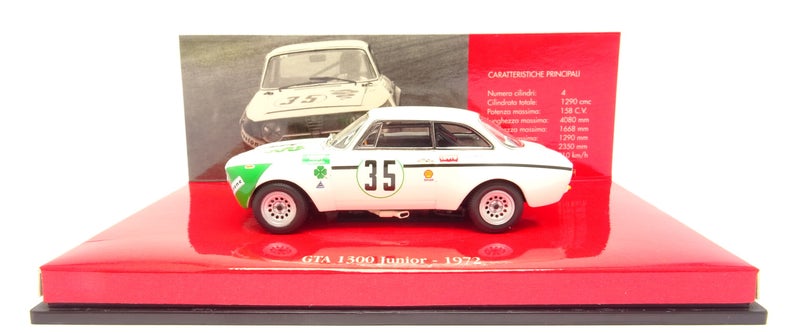

spiders


The Alfa Romeo Spider (105/115 series) is a two-seater, front engine, rear drive roadster manufactured and marketed by Alfa Romeo from 1966 to 1994 in four distinct generations, or Series, each with modifications ranging from modest to extensive.
As successor to the Giulia Spider, the Spider remained in production for almost three decades. The first three Series were assembled by Pininfarina in Grugliasco and the fourth Series in San Giorgio Canavese. The last Spider of that series was manufactured in April 1993 — the last rear wheel drive Alfa Romeo before the Alfa Romeo 8C Competizione of 2007.










alfasud

The Alfa Romeo Alfasud is a small family car manufactured and marketed from 1971 to 1989 as a front-engine, four-door, five passenger entry-level model over a single generation — with facelifts in 1977 and 1980. Alfa Romeo subsequently introduced a two-door wagon variant, the Giardinetta (1975); two-door coupe, the Alfasud Sprint (1976); three-door hatchback (1981) and five-door hatchback (1982). It is considered one of Alfa Romeo's most successful models, with 893.719 examples sold between 1972 and 1983.

set of alfasud & alfasud ti https://www.youtube.com/watch?v=1BSy7VEfZro&ab_channel=thebiggarage






alfetta

The Alfa Romeo Alfetta (Tipo 116, or "Type 116") is a front-engine, five-passenger sedan and fastback coupé manufactured and marketed by Alfa Romeo from 1972 to 1987 with a production total over 400.000.
The Alfetta was noted for the rear position of its transaxle (clutch and transmission) and its De Dion tube rear suspension. The Alfetta name, which means "little Alfa" in Italian, derived from the nickname of the Alfa Romeo Tipo 159 Alfetta, a successful Formula One car which in its last (1951) iteration paired a transaxle layout to De Dion tube rear suspension — like its modern namesake.




alfetta gt/gtv

The Alfa Romeo Alfetta GT is a sports car built by the Italian car manufacturer Alfa Romeo from 1974. Starting from the mechanical base of the "Giulia GT", in 1968 the "newborn" Italdesign of Giorgetto Giugiaro was commissioned for the new project, in consideration of the fact that this designer had followed the birth and development of the "Giulia GT" in the years in which he worked at Bertone. At the same time, the Alfa style center will carry out a parallel project. The end result was a body with the volumes moved backwards and the tail truncated.







giulietta

Alfa Romeo Giulietta is the name of three different automobiles made by Italian car manufacturer Alfa Romeo. The first Giulietta (Type 750 and 101) was a rear-wheel drive car made from 1954 to 1965, in 4-door saloon/sedan, coupé, spider and estate forms. It was replaced by the Alfa Romeo Giulia. In turn, the Giulia was replaced by the second Giulietta (Type 116), a rear-wheel drive 4-door saloon/sedan related to the Alfa Romeo Alfetta and made from 1977 to 1985. The third generation Giulietta (Type 940) is a front-wheel drive family hatchback produced from 2010 to 2020.











155

The Alfa Romeo 155 (Type 167) is a compact executive car produced between 1992 and 1997. Developed to replace the 75 and based on the parent company Fiat Group's Type Three platform, the 155 was somewhat larger in dimension than the 75 and had evolved styling from that of its predecessor.



set of 155 in black and grey https://www.youtube.com/watch?v=YYdc3YCJCQ8&ab_channel=thebiggarage





gtv & spider

The Alfa Romeo GTV and the Alfa Romeo Spider (Type 916) are two sports cars produced from 1993 to 2004. The GTV is a 2+2 coupé, and the Spider is a two-seater roadster version of the GTV. Around 39.000 Spiders and 41.700 GTVs were built.
The GTV's name (Gran Turismo Veloce—English: Fast Grand Touring) placed it as the successor to the long-discontinued Alfetta GTV coupé, whereas the Spider was effectively the replacement for the then 30-year-old 105-series Giulia Spider. The GTV was available until the launch of the Brera in 2005, while the Spider lasted another year until the launch of its Brera-based successor in 2006.

set of gtv and spider https://www.youtube.com/watch?v=G5CMQMQnJek&ab_channel=thebiggarage




156

The Alfa Romeo 156 (Type 932) is a compact executive car produced from 1997 until 2007. It was introduced as the replacement for the Alfa Romeo 155. The 156 received a positive reception and in the following year went on to win the 1998 European Car of the Year award. The 156 saloon was discontinued in Europe late in 2005, while the Q4 Crosswagon continued in production until the end of 2007.
The 156 was available in saloon, Sportwagon (estate) and Crosswagon (crossover) bodystyles with seven engine configurations; it went through two facelifts, first in 2002 and then in 2003.

set of 156 sedan and sportwagon https://www.youtube.com/watch?v=PW5f70GIJEo&ab_channel=thebiggarage

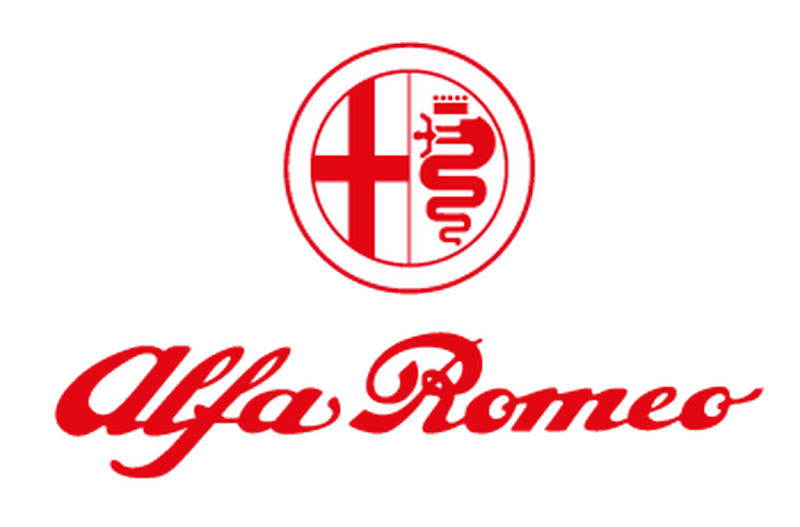












brera & spider

The Alfa Romeo Brera and the Alfa Romeo Spider (Type 939) are mid-size sports cars manufactured by Pininfarina and marketed by Alfa Romeo as a 2+2 coupé and roadster.
The New Spider version (Type 939) was introduced at the 2006 Geneva Motor Show. Originally Alfa Romeo offered two engines: the 2.2 L straight-4 and 3.2 L V6 JTS engines. 12.488 units of the Spider and 21.786 units of the Brera were made with production ending in late 2010 and inventory remaining into 2011.

set of brera and spider https://www.youtube.com/watch?v=KwBDv8O_yCw&ab_channel=thebiggarage












The Alfa Romeo BAT (or Berlina Aerodinamica Tecnica) are a series of Italian concept cars. The cars originated from a joint collaboration project between Alfa Romeo and the Italian design house Bertone that began in 1953. Three cars were built: the BAT 5 in 1953, the BAT 7 in 1954, and finally the BAT 9 in 1955. All three cars were designed by Franco Scaglione.











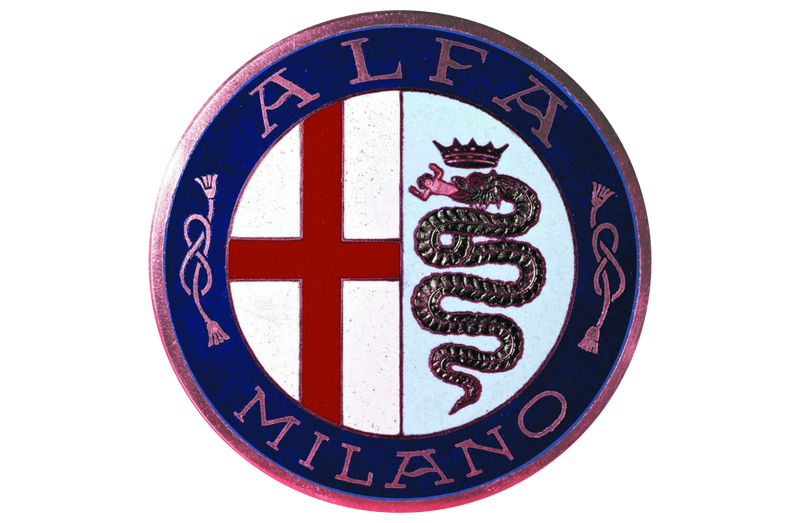
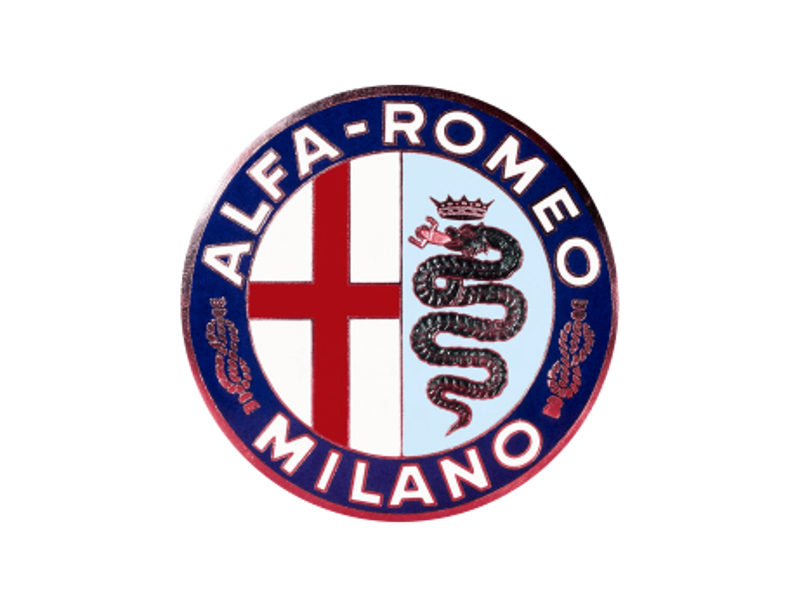


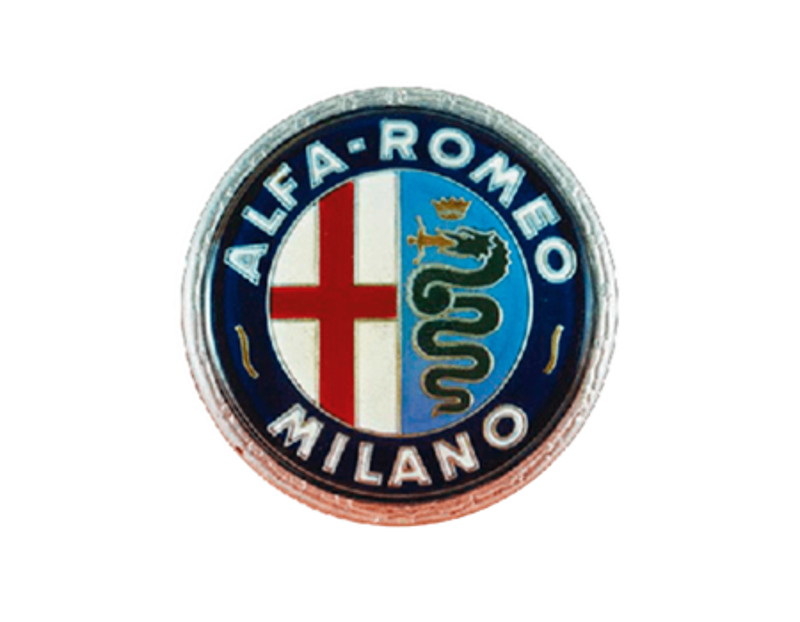

1870-1910
1910-1911
1915-1925
1925-1932
1933-1945
1946-1947
1947-1948



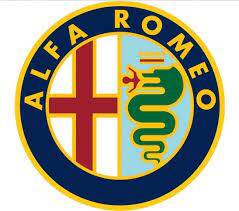

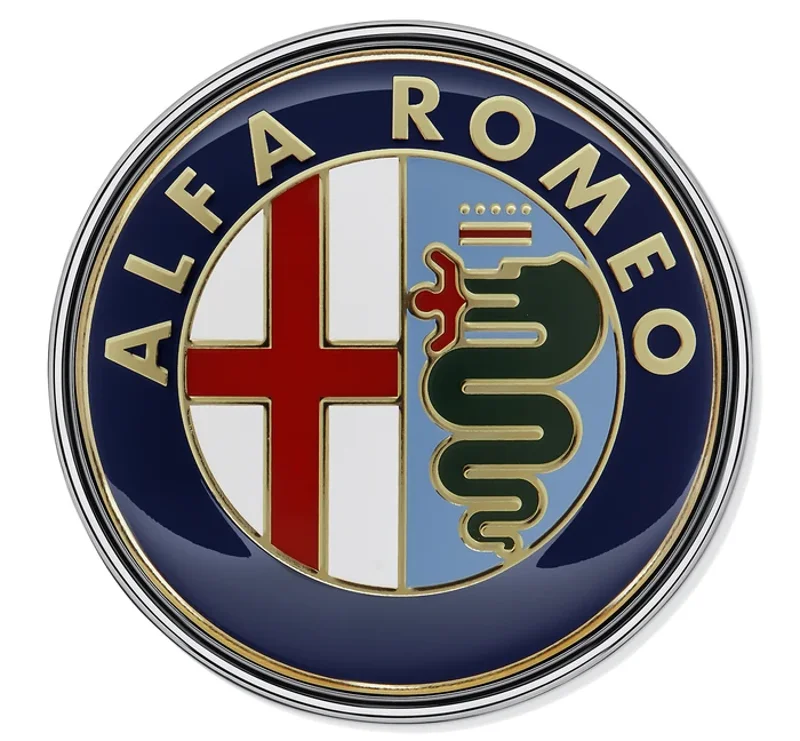
1948-1949
1950-1971
1971-1972
1972-1999
2000-2015
2015-now


















Create Your Own Website With JouwWeb